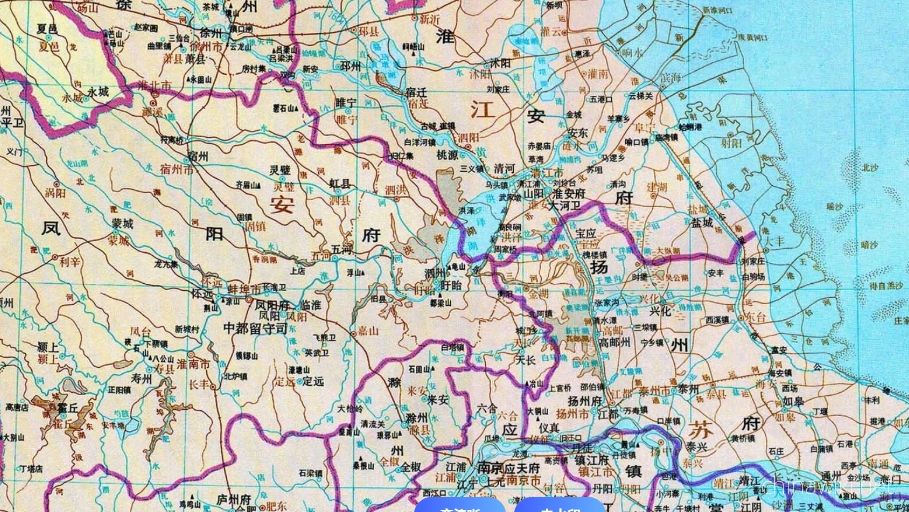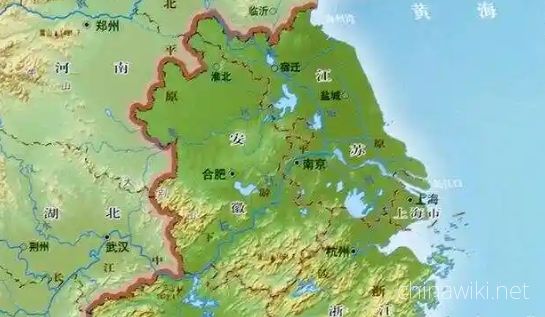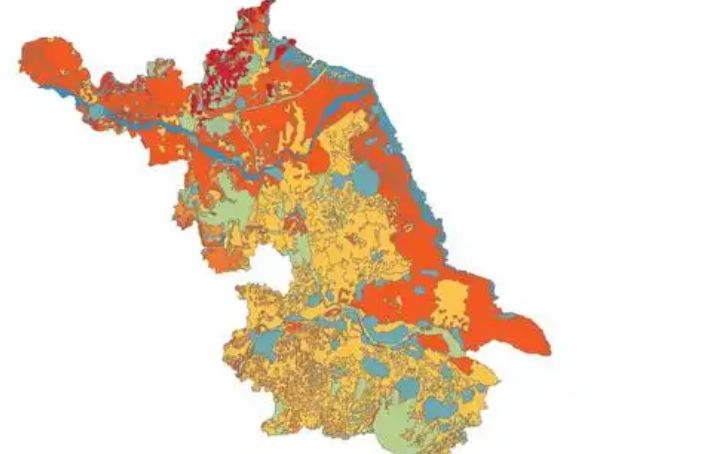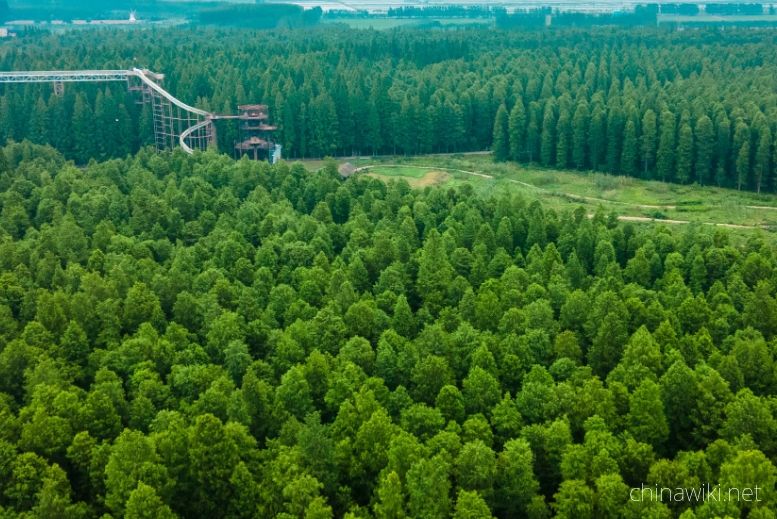The situation of natural disasters in Jiangsu
jiangsu Province has a wide range of meteorological disasters and their impact, making it one of the provinces in China where meteorological disasters occur more frequently. The main meteorological disasters include rainstorm, severe convection, flood, thunder and lightning, etc. Meteorological disasters all over the province occur in four seasons: for example, low temperature and overcast rain mainly occur in spring, rainstorm and flood in early summer, high temperature and drought, typhoon in midsummer, heavy fog and continuous rain in autumn, low temperature and freezing damage and cold wave in winter, etc
The occurrence of various meteorological disasters has a significant impact on agriculture, forestry, animal husbandry, fishing, transportation, industry, and other aspects. jiangsu Province has a dense population, dense urban areas, developed economy, and busy transportation. The occurrence of meteorological disasters often causes huge economic losses and loss of people's lives and property. At the same time, it can also trigger other types of derivative disasters, such as traffic congestion, power grid failures, disease outbreaks, and agricultural pest and disease outbreaks
On October 31, 2023, the official website of jiangsu Provincial Geological Bureau announced that as of the end of 2022, there were a total of 882 geological hazard hidden points in jiangsu Province (408 collapses, 383 landslides, 81 ground collapses, and 10 ground fissures), threatening a population of about 13000 and threatening property worth more than 1.26 billion yuan. Among them, there are 181 important geological hazards (55 collapses, 79 landslides, 46 ground collapses, and 1 ground fissure), mainly concentrated in low mountain and hilly areas such as Ningzhen and Xulian

The situation of natural disasters in Jiangsu
-
Jiangsu Province during the Qin and Han Dynasties to the Southern and Northern Dynasties
After Emperor Qin Shi Huang unified China, the system of prefectures and counties was implemented. During the Qin Dynasty, the northern part of Jiangsu Province was divided into Sishui County, Donghai County, and Langye County, while the southern part of
Views: 10 Time 2024-12-28 -
Jiangsu Province during the Sui, Tang, Song, and Yuan Dynasties
In 581 AD, Emperor Wen of Sui unified China, with the northern part of Jiangsu roughly belonging to Xuzhou and the area south of the Huai River roughly belonging to Yangzhou. In 618 AD, the Li Tang Dynasty was established. During the Tang Dynasty, Jiangsu
Views: 15 Time 2024-12-28 -
Jiangsu Province during the Ming and Qing Dynasties
In 1368, Zhu Yuanzhang established a political power in Yingtian (now Nanjing) as the capital city. Later, Yingtian changed its name to Nanjing and then to Jingshi, also known as Zhili. After Ming Chengzu established the name Yongle, he moved the capital
Views: 19 Time 2024-12-28 -
Jiangsu Province after the establishment of the People's Republic of China
In June 1949, the entire Jiangsu province was liberated. The territory is divided into three provincial-level administrative regions: northern Jiangsu, southern Jiangsu Administrative District, and Nanjing City. In January 1953, three provincial-level adm
Views: 9 Time 2024-12-28 -
Location and territory of Jiangsu Province
Jiangsu Province is located in the middle of the eastern coastal area of Chinese Mainland, at the lower reaches of the Yangtze River and Huaihe River, bordering the Yellow Sea to the east, Shandong to the north, Anhui to the west, and Shanghai and Zhejian
Views: 13 Time 2024-12-28 -
Climate situation in Jiangsu Province
Jiangsu belongs to a transitional climate from temperate to subtropical, with the Huai River and the main irrigation canal in northern Jiangsu as the boundary. To the north, it belongs to a warm temperate humid and semi humid monsoon climate, while to the
Views: 18 Time 2024-12-28 -
Geological conditions of Jiangsu Province
Jiangsu Province is located in the North China plate, the eastern section of the Qinling Dabie orogenic belt, and the Yangtze plate, which cross the Chinese Mainland. The regional geological background and tectono magmatic activity are obviously different
Views: 11 Time 2024-12-28 -
Soil conditions in Jiangsu Province
The natural factors such as climate, geological landforms, parent materials, and vegetation that contribute to the formation of soil in Jiangsu are relatively complex. Soil resources are abundant and diverse, with zonal soils mainly distributed in mountai
Views: 112 Time 2024-12-28 -
Forest Resources in Jiangsu Province
In 2017, the forest area in Jiangsu Province was 1.56 million hectares, with a forest coverage rate of 22.9% and a total standing timber volume of 96.09 million cubic meters. There are 6 national forest cities (Wuxi, Yangzhou, Xuzhou, Nanjing, Zhenjiang,
Views: 104 Time 2024-12-29 -
Wetland Resources in Jiangsu Province
In 2017, Jiangsu Province had 2 internationally important wetlands, 5 nationally important wetlands, and 64 wetland parks at or above the provincial level, including 26 national wetland parks and pilot projects, and 38 provincial-level wetland parks
Views: 138 Time 2024-12-29 -
Port resource situation in Jiangsu
As of the end of 2021, Jiangsu Province had 5909 productive port berths and 529 berths of over 10000 tons. The comprehensive annual throughput capacity of ports reached 2.38 billion tons, and multiple indicators such as port cargo throughput capacity and
Views: 109 Time 2024-12-29 -
Biodiversity situation in Jiangsu
On April 30, 2019, the official website of the Department of Agriculture and Rural Affairs of Jiangsu Province announced that Jiangsu Province has abundant plant resources, with over 2200 species belonging to 672 genera in 157 families of seed plants, ove
Views: 122 Time 2024-12-29











